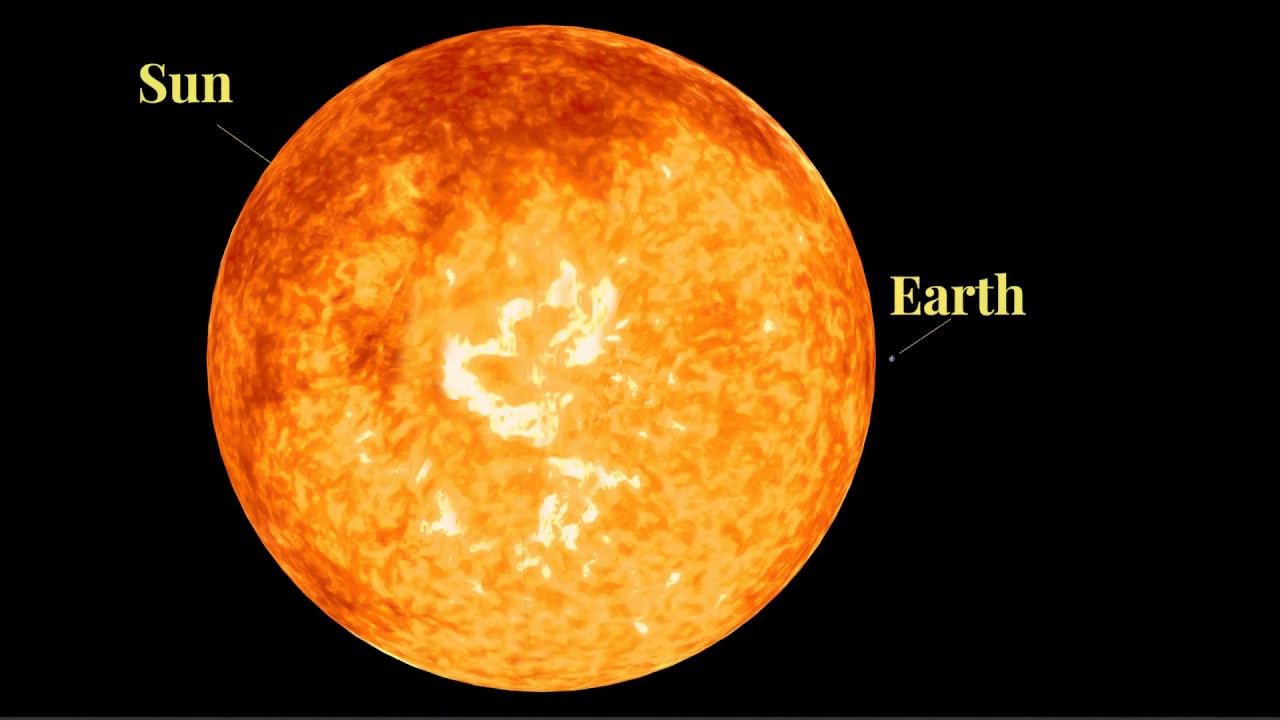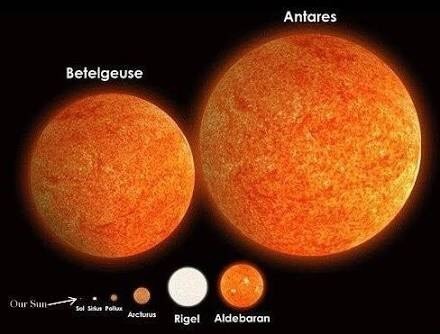70 Falmouth Street Portland, Maine 04103 43.6667° N 70.2667° W Altitude: 10 feet below sea level Founded January 1970 Julian Date: 2459341.18
2020-2021: CXXIV
THE DAILY ASTRONOMER
Thursday, May 6, 2021
Amazing Astronomy Facts Part II
Heavens above this is deliciously good fun!
This list has generated some wonderful feedback and is, besides, a delight to compile. In fact, we will continue it on Monday.
I am indebted to the gentleman who suggested we offer such a list....so, let's get on with it.
SIZE
While ascending high enough to see Earth's curvature -at least 8 miles- is all very well, one can gain an appreciation for Earth's immense size by flying closer to the ground or even driving for hours and hours along its surface. Relative to us minuscule humans, Earth is unfathomably large. Yet, when regarded in comparison to other celestial objects, our gargantuan world is relegated to mote or even micro-mote status.

For instance, the Sun is so large that it could accommodate 1.2 million Earth-sized spheres. One million is one of those tricky numbers that proves difficult to comprehend. Realize that one million minutes equals about 694 days!
The Sun might dwarf Earth, but so many other stars relegate the Sun to pipsqueak status.

The above image shows the Sun, represented by a small dot at the left of the front row, in relation to some of the night sky's brightest stars. 160 million Suns could fit inside Betelgeuse. Antares could accommodate 300 million of them!
And, still, even the most impressive stars are themselves, just champagne bubbles when seen in relation to the Milky Way Galaxy. If we could draw a scale-model map of the galaxy equal in size to the North American continent, our entire solar system could fit neatly inside a coffee cup. While the Sun would barely be visible, one would need a microscope to see Earth.

To think about the galaxy's size another way, think about the stars in the night sky. On a clear night, one can see about 10,000 stars with the unaided eye. One could imprint 10,000 small black dots on a sheet of paper measuring 8.5" x 11". In order to print enough dots to represent all 400 billion stars in the Milky Way Galaxy, one would have to use a sheet of paper measuring 8.5" by 1500 miles! Imagine a column of dots extending down most of the eastern seaboard!
Tomorrow, the quiz.
Monday, more amazing astronomy facts!
To subscribe or unsubscribe from the Daily Astronomer: